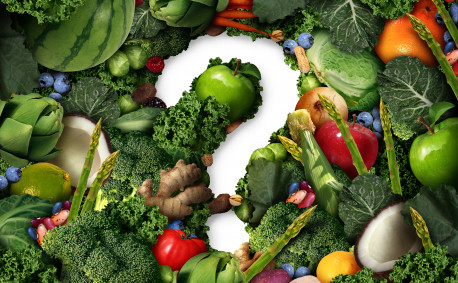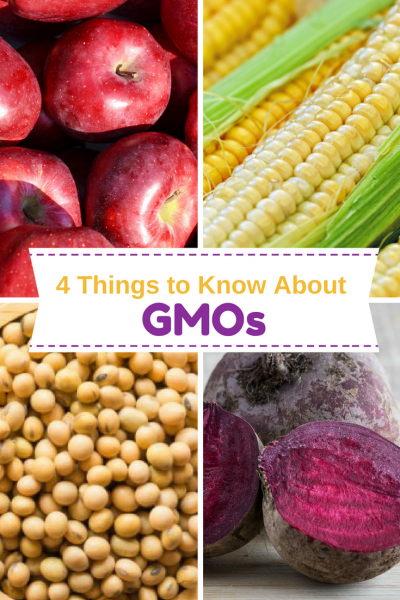4 Things You Need to Know About GMOs
There’s a lot of buzz around genetically modified organisms, or GMOs. You’ve probably seen non-GMO labels in your grocery. What exactly is a GMO? Why do they exist? Are they safe to eat?
We care about what we feed our families. When we go to the grocery, we want to make sure we’re getting the healthiest foods available. Farmers and ranchers want the same thing. They care about delivering quality products for you and your family to enjoy. After all, they shop right along with us!
GMOs help farmers and ranchers deliver quality food to meet the growing demand of consumers. But, as with any new technology, people want to know about the safety and sustainability of GMOs.
1. What is a GMO?
A GMO is a plant which has certain traits introduced into its DNA using genetic engineering.
People have been modifying plants for thousands of years. Growers have always kept the best seeds from their harvest for the next year, or created more powerful plants by traditional techniques such as cross-breeding.
If you think back to high school science, the name Gregor Mendel might ring a bell. He experimented with pea plants in the 1800s and found that certain traits such as seed shape and plant height could be passed down through the generations. Today, we use the same scientific technology he used to breed plants, only now we can do it faster and more accurately.
2. How Do GMOs Help?
With this technology, breeders can replace a single gene to make the plant more tolerant to dangers like diseases, drought, insects and herbicides.
A great example is insect-resistant soybeans. Some soybeans carry a gene that kills certain insects that could destroy the crops. Since the plants themselves are resistant to insects, there’s no need for farmers to spray insecticides. This reduces the amount of time, fuel, and resources that are needed to grow the crop.
3. What Foods Have GMOs?
Today a large proportion of commercial crops grown in the United States are GMOs. Nationwide, over 90% of corn and soybeans — two of Kansas’ most popular crops — are genetically modified. It’s important to note that the USDA has approved many GMO crops. The top 10 most popular genetically modified crops approved by the USDA are:
- Alfalfa
- Apple
- Sugar Beets
- Canola
- Corn (field and sweet)
- Cotton
- Papaya
- Potato
- Soybeans
- Squash
4. Are GMOs Safe?
In short, yes.
The United States has always been the leader when it comes to food safety and regulations. The Food and Drug Administration, or FDA, requires foods from genetically engineered plants to meet the same guidelines as foods from traditionally bred plants. Not only are foods at the grocery heavily monitored, but so is the entire scientific process behind them. No research or experiments can be conducted involving genetic engineering without prior permission by government agencies.
On average, it takes 13 years of research and development before a GMO trait is approved for market. Read more about the FDA’s involvement in genetically modified crops and GMO safety at GMOanswers.
In the last 10 years, I have watched yields on my family’s farm increase dramatically while the need for pesticide and herbicide sprays each year decrease. To me the use and improvement of GMOs is not only a safe and sustainable practice, but a crucial tool that can help people all around the globe in our future.



